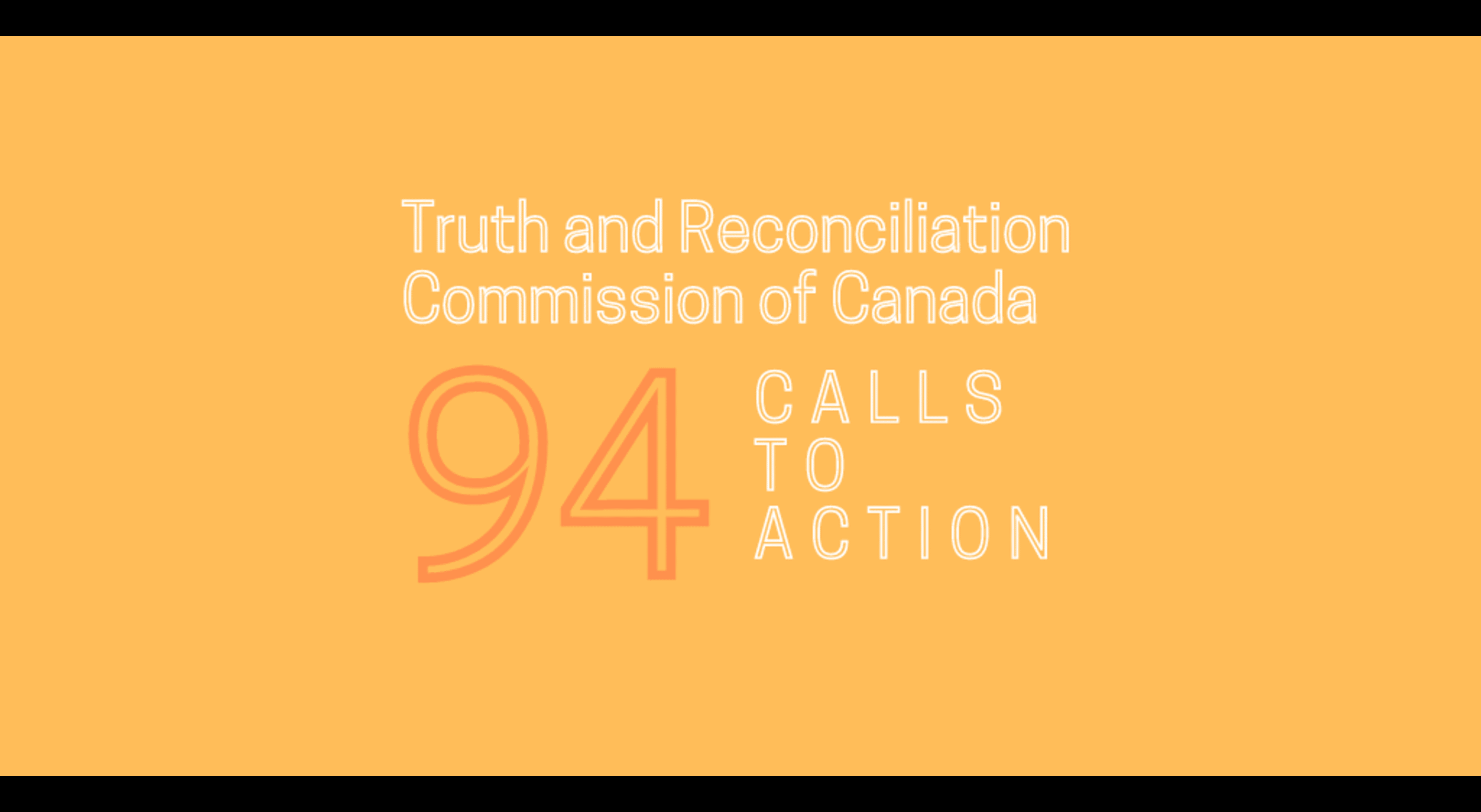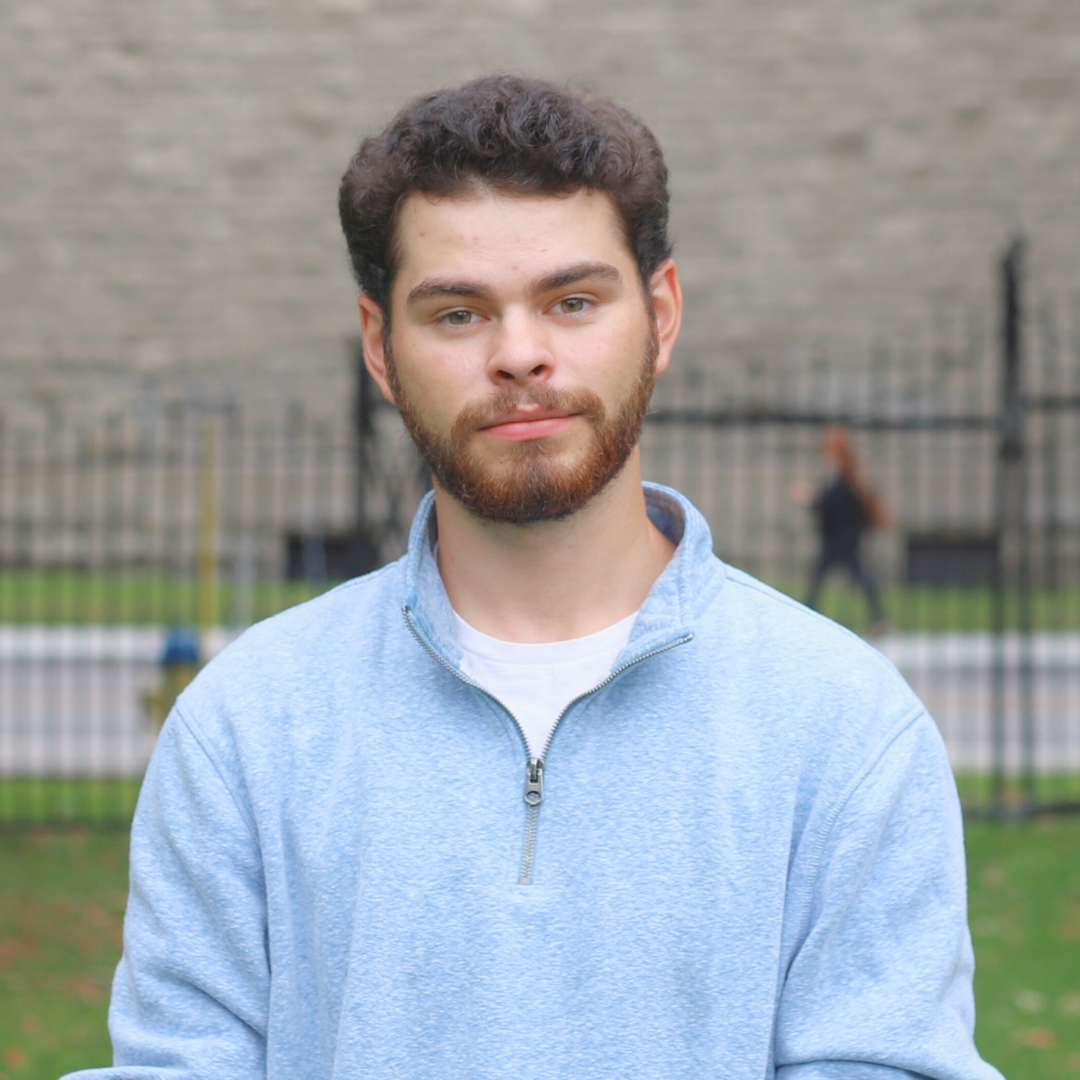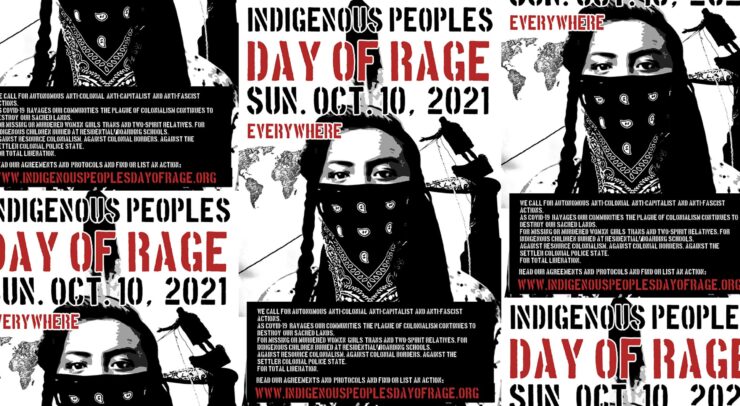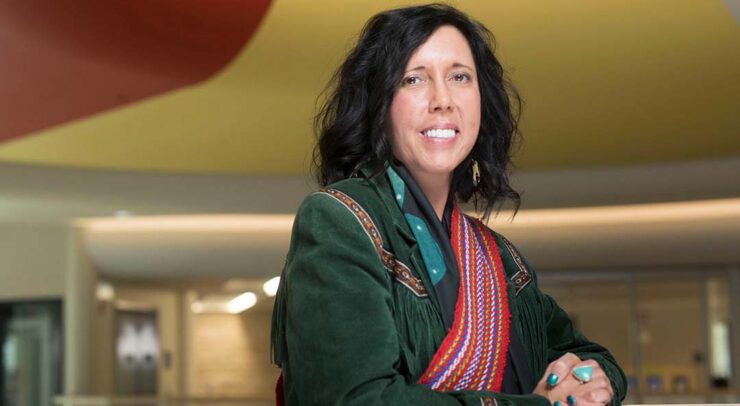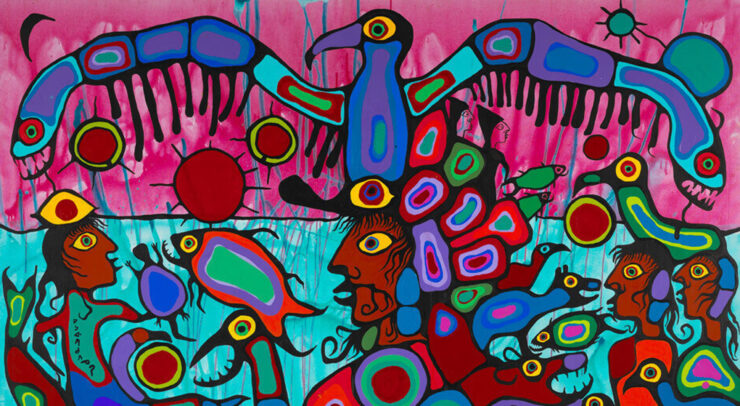The Assembly of First Nations (AFN) rated the government as having made “significant progress” on these Sports and Reconciliation recommendations.
In Dec. 2015, the Truth and Reconciliation Commission (TRC) released its final report on their 7-year investigation of residential schools, former students, their families, and communities. Included in the report were 94 calls to action. These were actionable policy recommendations given to the federal government that aimed to accomplish two things: acknowledge the horrifying history of the residential system in Canada, and to create systems to prevent similar abuses from happening again.
The calls to action can be split into six categories: child welfare, education, language and culture, health, justice, and reconciliation. I’ll be specifically focusing on five calls to actio in the reconciliation category which relate to sport. In 2020, the Assembly of First Nations (AFN) rated the government as having made “significant progress” on these Sports and Reconciliation recommendations.
I’ll detail the five calls to action below, along with their progress.
87. Tell the stories of Aboriginal athletes in history
A digital book by Canada’s Sports Hall of Fame and Order of Sport detailing the history and contributions of Indigenous athletes in Canadian sport was released in 2021. The book is available online, and features athletes such as Gaylord Powless, Bryan Trottier, Sharon Anne and Shirley Anne Firth, and Colette Bourgonje. It also features a section on famed distance runner Tom Longboat, the creation of the Tom Longboat award, and former award winners. The CTA isn’t quite finished, but progress has been made.
88. Continued support for the North American Indigenous Games
Canada committed ongoing support for culturally relevant sport programming for Indigenous youth, which includes funding for the North American Indigenous Games every four years. The 2023 Games took place in the Halifax region in July, including on some First Nation reserves. 16 sports were played in total, including traditional Indigenous disciplines like lacrosse, canoeing and kayaking, and archery. All participants were between the ages of 13 and 19. Ontario took home gold in the Men’s 16U and 19U lacrosse events, and silver in the Women’s 19U.
89. Amend the Physical Activity and Sport Act to support reconciliation by ensuring that policies to promote physical activity as a fundamental element of health and well-being, reduce barriers to sports participation, increase the pursuit of excellence in sport, and build capacity in the Canadian sport system, are inclusive of Aboriginal peoples.
In consultation with the Aboriginal Sport Centre, the government is investing in an Aboriginal Sport Circle for the development of a National Indigenous Sport Strategy. The consultation process is slated to be completed in 2024, and will deliver a framework for the implementation of this Call to Action.
90. Ensure that national sports policies, programs, and initiatives are inclusive of Aboriginal Peoples.
After the release of the TRC, Sport Canada reinstated funding to the aforementioned Aboriginal Sport Centre. The organization exists to support the “health and wellbeing of Aboriginal peoples and communities through participation in sport, physical activity, and recreation”. Find more information about their mission here.
91. Ensure that Indigenous Peoples’ territorial protocols are respected by officials and host countries of international sporting events.
The 2015 Pan Am Games in Toronto “recognized Indigenous Peoples territory, included Indigenous flame runners and visited First Nations communities with the flame”. Although in some instances this has been followed (with varying degrees of Indigenous consultation), this goal extends far beyond Canada and thus will take a lot longer to accomplish.
Overall, the sports related calls to action have seen significant progress over the past eight years, with most being either complete or having a pathway to completion in sight. But why then, are the majority of the 94 calls to action not anywhere close to completion? Per Stephen Wentzell, just 13 CTA have been completed in the eight years since the TRC.
We are still very early in the process of truth and reconciliation. As McGill professor Cindy Blackstock wrote for the Yellowhead Institute’s accountability report in 2022, “Instead of being dedicated to reconciliation, Canada’s behaviour shows that they are resisting substantive change, preferring those Calls to Action they can easily perform and that makes them look good.”

